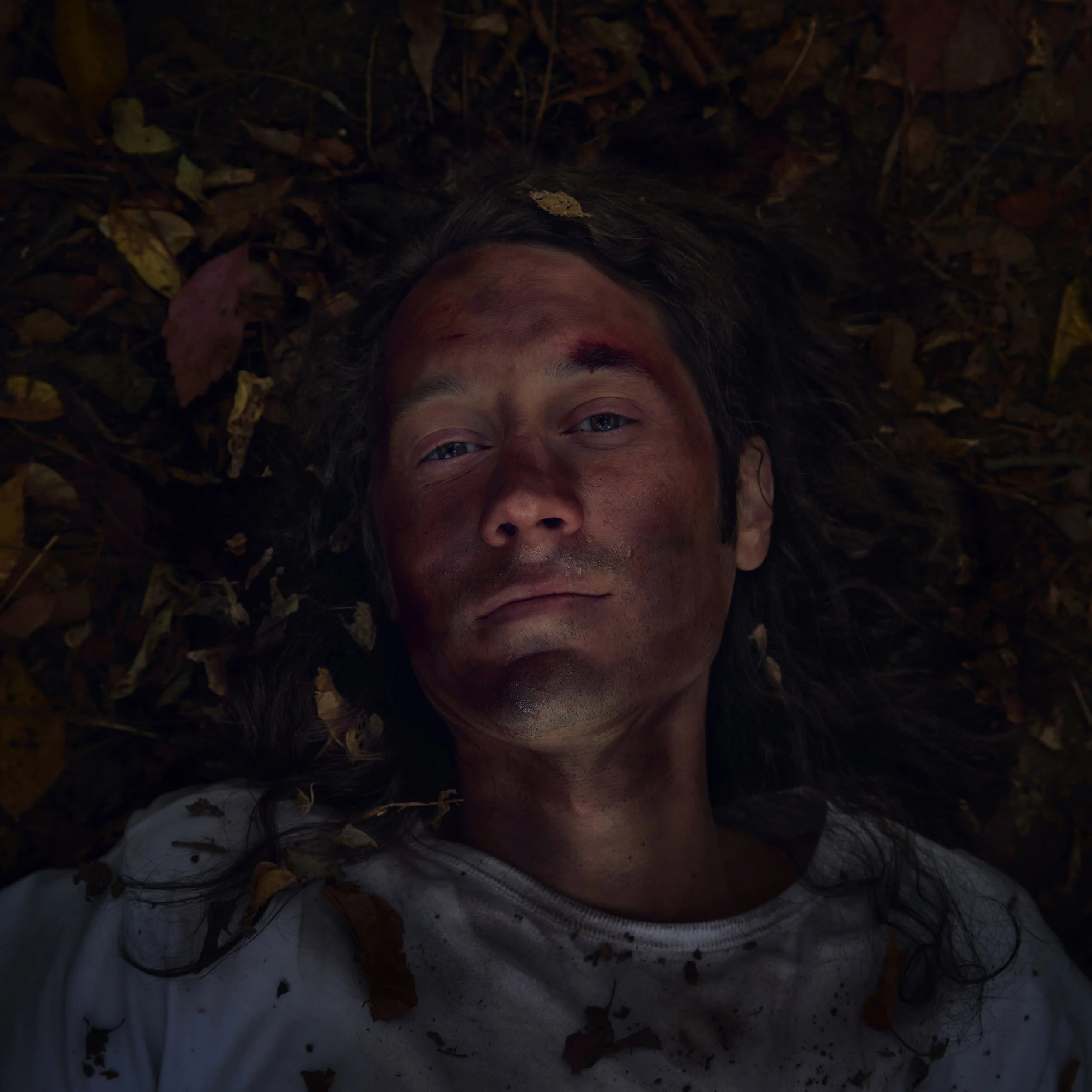Armon Jay began working on his fourthalbum in 2021, after the peak of the pandemic, but that sense of isolation andhard-earnedintrospection remainsin place. As in his first three solo albums, from 2013’s audacious debut, Everything’s Different, Nothing’s Changed, through 2015’s Del Rioand 2019’s The Dark Side of Happiness, the singer-songwriter has aimed the gaze at his own personalturmoilin his latest, Stress Dream, offering a peek inside the workings of his febrile mind set to a delicate musical accompaniment.Currently working as a touring guitarist with Chris Carrabba’s Dashboard Confessional, the Franklin, TN-based musician once again recorded StressDreamin his own home studio, creating its chill-wave ambience and whispering intimacy during the long, round-the-clock hours he describes in “Twenty Four” (“I could try to close my eyes but I’d still be wide awake”) or the restless nights of the title track (“Woke up grinding my teeth/Staring at the ceiling/At 6am”). Stress Dreamis about the twilight time between sleeping and wakefulness and trying to get through the day (and night) with some measure of satisfaction and enjoyment (as in the joys of riding a bike through town in the mournful pedal steel of “Rodeo”).Once again sporting such ambient influences like Brian Eno’s work with Paul Simon(including his latest, 7 Psalms, in its glimpse at mortality), Icelandic producer Olafur Arnalds and German post-minimalist film composer Max Richter, Stress Dream offers an intriguing peak inside Armon’s psyche, as he opens up from the inside outin stark confessions. “I’m swimming/I’m sinking/I’m overthinking/I wish I could just let it rest,”“Ebb & Flow”“This was the first time I really started to let go,” he says. “I feel it’s the least self-centered of all my albums. More than ever, I tried to adopt the notion Rick Rubin talked about... That art is a radio station you need to tune in to. If I do, and I’m there and available, amazing things can happen. When I force myself into something, it never works out as well. When I fall into something, I can kind of jump on the train and ride it to the end. And that’s what happened on this record.”Stress Dreamisfilled with those privileged, confessionalmoments, from the opening benediction of the prayerful “Be Alright” to the closing hopeful one-two punchof “Ebb & Flow,” with its understanding of life’s ups and downs and an admonitionto keep moving forward one step at a timeand“No Expectations” a John Prine-ish glimpse into a possible future for the soon-to-be first-time father, who looks back on the totality of alife well-spent with wonderment. There is both a heartbreaking song in “Sad Face”(with its nod to the doldrums of domesticity)to an unexpected ode to both the benefits and unwelcome side effects of “Adderall”(“I miss happy accidents/I miss being less self-conscious”) in helping with his ADD and OCD.“It is a bit of a concept album, from beginning to end, with a few detours along the way,” he admits.

